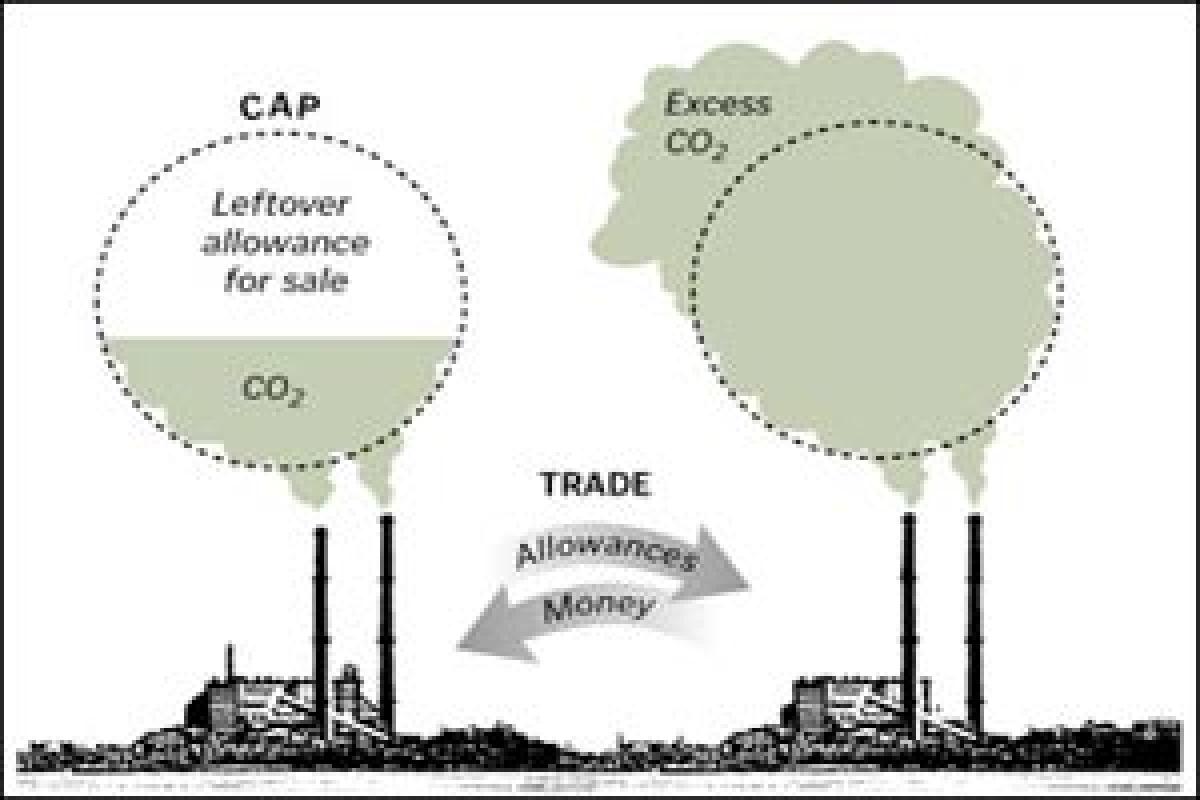

These sites capture and store about 40 million metric tons of CO2 each year, which is sizeable, but pales in comparison to the 6,558 million metric tons the EPA estimates were emitted in the U.S. Resources for the Future explains that CCS has lots of room for growth currently, there are only 10 large-scale operation facilities in the United States that employ CCS, 51 globally. Department of Energy predicts that post-combustion can potentially increase a plant’s electricity use and costs by up to 80%- which of course has its own environmental costs, in addition to economic ones. Both methods are in extremely early stages of implementation and mainly built into new industrial plants, rather than added to existing ones.Īll CCS technology is still in its extremely early stages it is expensive and places a high demand on energy and water resources for plants, when there are few incentives in place to offset those costs.

Pre-combustion gasifies fuel and separates CO2 while OxyFuel Combustion is the process of burning fuel in a pure oxygen environment, which produces a concentrated, capturable stream of CO2. Post-combustion, which, as its name suggests, is the collection of CO2 from exhaust after fuel combustion, is the most prevalent form of CCS since it can be implemented in existing power plants. There are three types of CSS: post-combustion, pre-combustion, and Oxyfuel combustion.


 0 kommentar(er)
0 kommentar(er)
